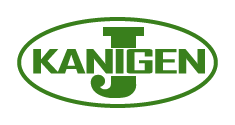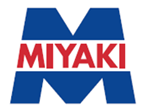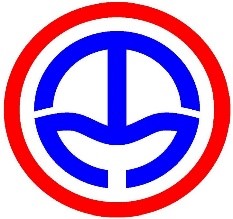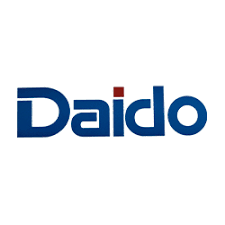What is a Plating / Alumite processing?
Plating is a surface finishing technique where a thin layer of another metal is deposited onto the surface of a base metal. It is primarily used to improve properties such as corrosion resistance, wear resistance, electrical conductivity, and aesthetics. Common types of plating include electroplating (using electricity to deposit metal), hot-dip plating (immersing the metal in molten metal), and electroless plating (using chemical reactions to deposit metal). Plating enhances the durability, appearance, and functionality of products.
On the other hand, anodizing is a surface treatment for aluminum, where an oxide film is formed on the surface. This oxide layer enhances the aluminum’s corrosion resistance, hardness, and wear resistance. Additionally, the oxide film can absorb dyes, allowing anodized products to be colored. This creates products that combine both decorative and functional properties.
Both plating and anodizing are used for improving product quality, enhancing appearance, and increasing durability across a variety of applications.

































